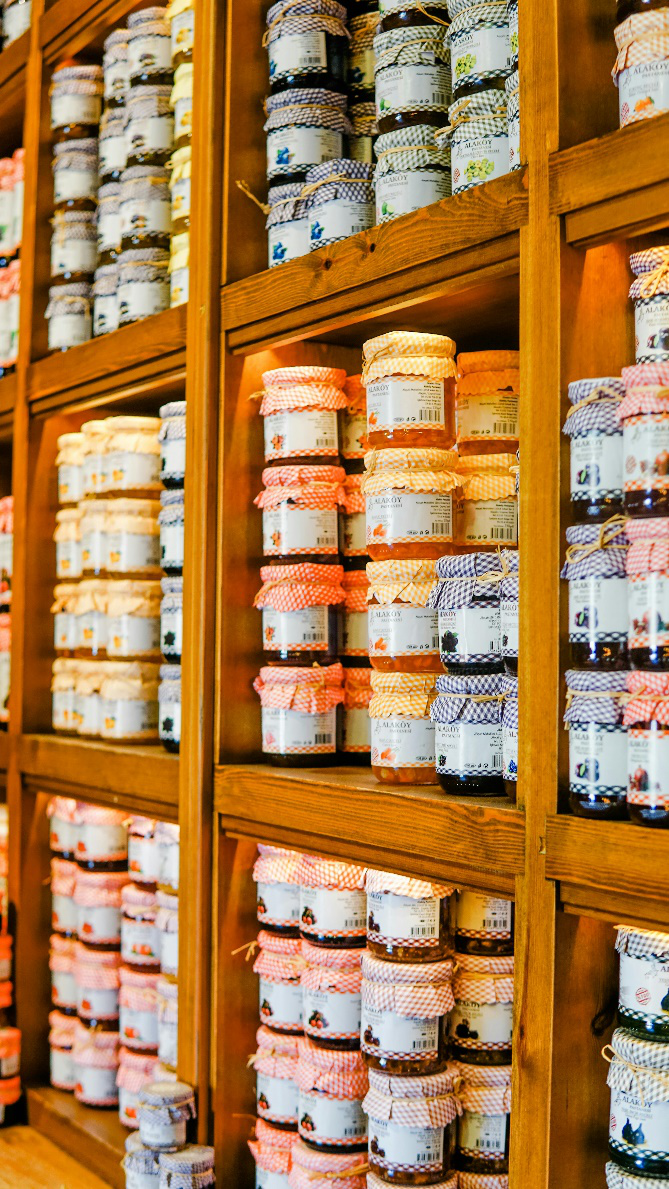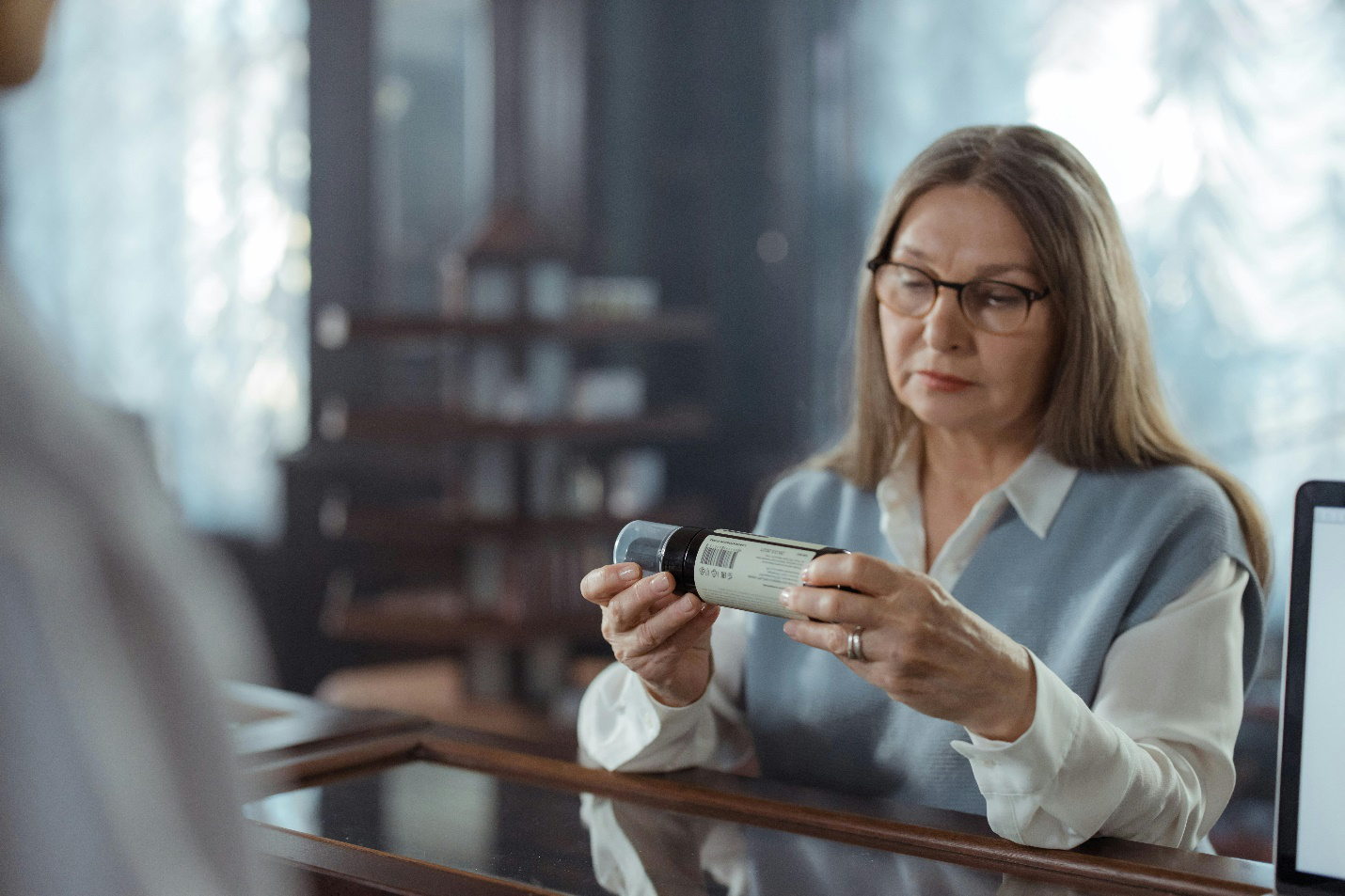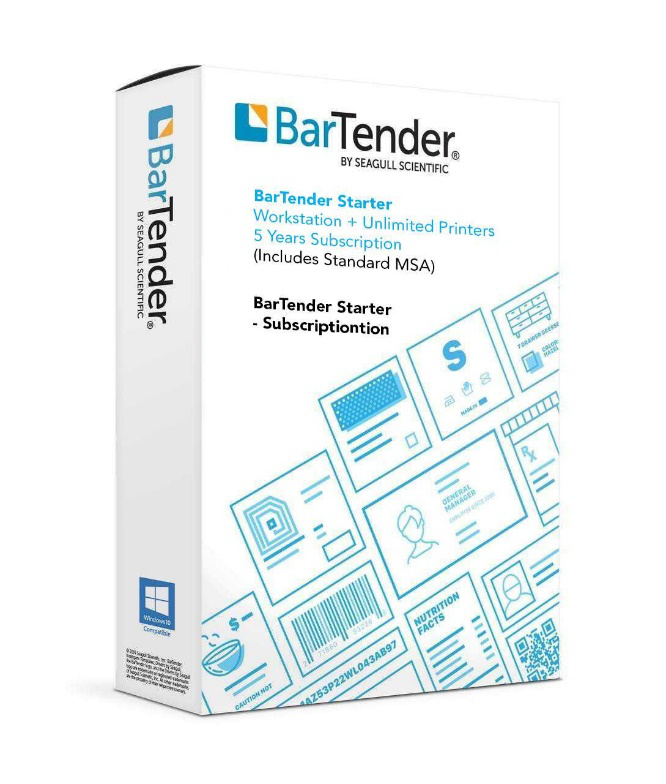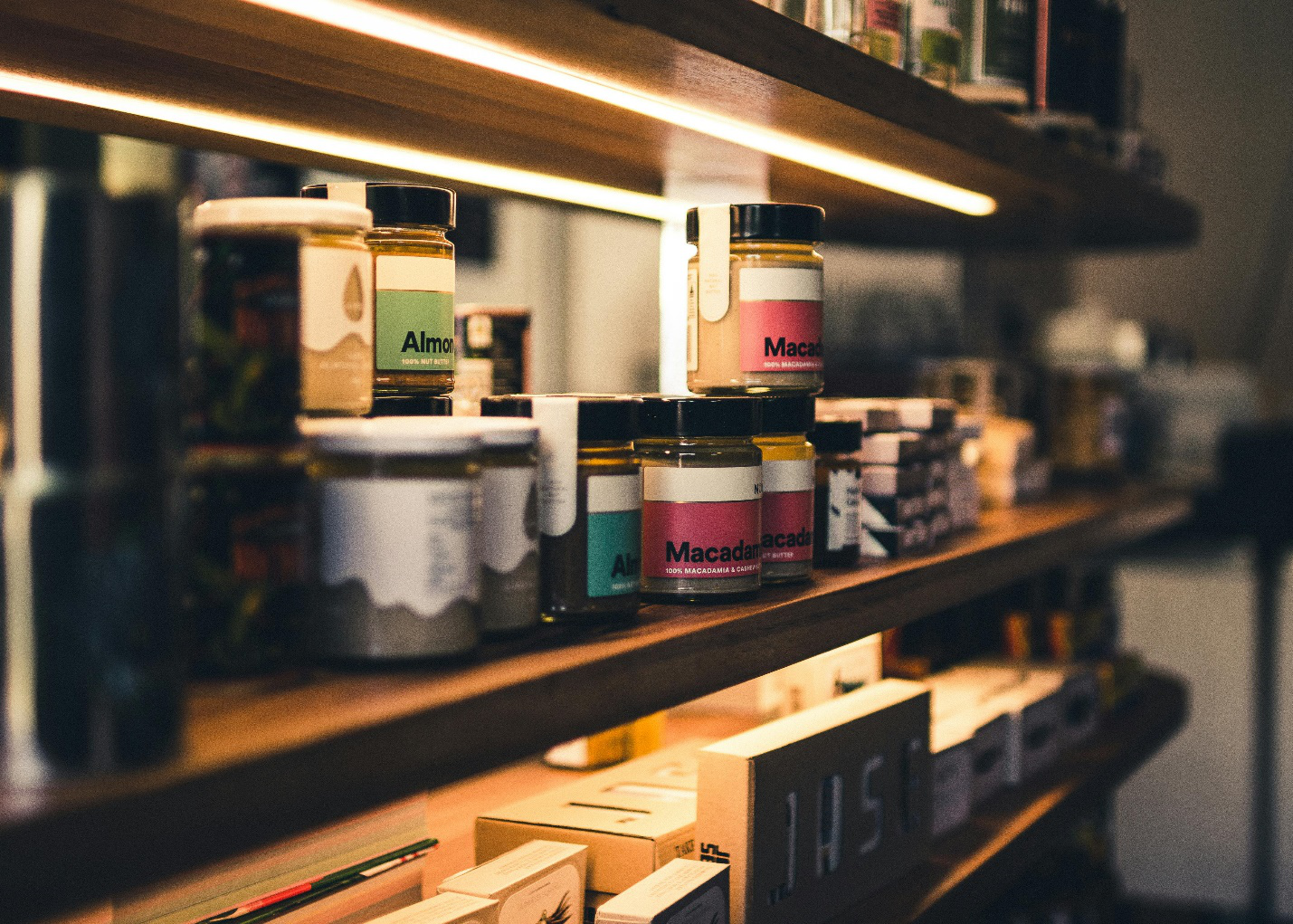How To Design Labels That Enhance Product's Shelf Appeal
19th May 2025
In a competitive retail environment, the battle for consumer attention often begins and ends on the shelf. The label on your product is more than just an informational tool; it's a necessary marketing asset that can make or break a sale. With only a few seconds to capture a shopper's interest, designing a label that stands out is essential.
Here’s a guide that explores proven design principles and strategies to create labels that not only enhance shelf appeal but also strengthen your brand identity and influence buying decisions.
1. Understand Your Target Audience
The foundation of any successful label design lies in a deep understanding of your target audience. Who are they? What are their values, needs, and shopping behaviors?
For example, a label designed for millennials seeking eco-friendly products will differ vastly from one aimed at baby boomers looking for luxury and tradition.
Tips:
- Conduct market research to define buyer personas.
- Tailor design elements like imagery, font styles, and color schemes to appeal to your audience.
- Keep cultural and regional preferences in mind.
2. Prioritize Brand Consistency
Your label should be an extension of your brand. Consistent use of logos, color palettes, and typography across all products promotes brand recognition and trust.
Why it matters:
- Consumers are more likely to choose a familiar brand.
- It ensures coherence across marketing channels.
- Consistency reinforces your brand story and values.
Actionable Steps:
- Develop brand guidelines for label design.
- Use the same fonts and colors as your website and packaging.
- Include your brand logo in a prominent location.
3. Leverage Color Psychology
Color is one of the most powerful tools in label design. It evokes emotions, communicates value, and drives purchasing behavior.
Examples of color psychology:
- Red: Creates urgency and appetite (commonly used in food products).
- Blue: Conveys trust and reliability (often used in healthcare and tech).
- Green: Associated with nature, health, and sustainability.
- Black/Gold: Signifies luxury and exclusivity.
Tips:
- Choose colors that align with your brand and product category.
- Use contrast to make text readable.
- Avoid overloading the color labeldesign with too many colors.
4. Choose the Right Typography
Fonts set the tone of your label. Bold sans-serif fonts suggest modernity and clarity, while serif fonts may convey tradition and elegance.
Typography best practices:
- Use no more than two to three typefaces.
- Prioritize legibility, especially for critical information like ingredients or usage.
- Consider font size relative to label size.
Pro tip: Make sure your font translates well across printing methods and materials.
5. Incorporate Compelling Imagery and Graphics

Visual elements can immediately communicate what your product is about, especially in crowded retail spaces.
Ideas for imagery:
- Illustrations of ingredients or usage (e.g., fruit for juices).
- Product benefits (e.g., "gluten-free," "organic") through icons or badges.
- Lifestyle photos that connect emotionally with the target audience.
Guidelines:
- Use high-resolution images with high quality thermal transfer labels for sale.
- Avoid clutter; leave room for the label to breathe.
- Ensure visuals are relevant and complement the overall design.
6. Use Hierarchy and Layout Strategically
An effective label guides the viewer’s eye to the most important information first. Hierarchical design helps organize content so it's both appealing and easy to navigate.
Label layout tips:
- Position your brand name and product name prominently.
- Use size, weight, and color to differentiate between headlines and subtext.
- Group related information together (e.g., nutritional facts, certifications).
7. Ensure Regulatory Compliance
Attractive labels are great, but they must also meet legal and industry requirements.
Mandatory elements may include:
- Ingredients list
- Barcodeand nutritional facts
- Manufacturer details and expiration date
- Legal disclaimers
Tips:
- Research the labeling regulations in your market (FDA, GHS, etc.).
- Work with a compliance expert or regulatory consultant.
- Leave space in your design for these required elements.
8. Factor in Label Shape and Size

The dimensions of your custom thermal transfer label should fit the container while allowing enough room for legible content and visual impact.
Design considerations:
- Match label shape to the packaging (e.g., wraparound, front-only).
- Consider die-cut labels for a unique shape.
- Leave margins to prevent important content from being trimmed.
9. Material and Finish Matter
The tactile feel of a label influences perception. Glossy finishes suggest modernity, while matte or textured finishes may feel more artisanal.
Popular label materials:
- Paper: Budget-friendly but less durable.
- Film: More resistant to moisture and abrasion.
- Eco-friendly: Made from recycled or compostable materials.
Finishes to explore:
- Matte or gloss laminate
- Embossing or foil stamping for premium products
- UV coating for protection and shine
10. Consider Printing Technology and Compatibility
Designing a beautiful label means little if it doesn’t print as intended. Choose a high-quality color label printer that aligns with your design complexity, color needs, and label volume.
Questions to ask:
- Is my design suitable for digital or thermal transfer printing?
- Does the printer support full-color or black-and-white only?
- What type of label material is compatible with the printer?
11. Use Professional Label Design Software

Relying on free or basic software may limit your design capabilities and result in low-resolution, misaligned, or inconsistent labels.
Benefits of professional software:
- Offers precise layout tools and print templates.
- Supports CMYK color models for accurate print representation.
- Allows integration with barcode and variable data generation.
Popular choices:
12. Evaluate Durability Based on Usage Conditions
Think about where and how your product will be used. A label on a refrigerated beverage requires different durability than one on a dry goods package.
Consider environmental factors:
- Exposure to moisture or sunlight
- Refrigeration or extreme temperatures
- Contact with oils or chemicals
Choose materials and adhesives that withstand these conditions.
13. Make Room for Functional Design Elements
Aesthetic appeal is important, but so is functionality. Elements like QR codes, peel-off sections, or writable spaces can enhance usability and consumer interaction.
Ideas:
- Add a QR code using an affordable thermal barcode printerlinking to product info or promotions
- Include writable spaces for batch numbers or expiration dates
- Design peel-off coupons or resealable labels for added value
14. Align Design with Product Category Trends
Being visually competitive means understanding what's trending in your product category. While you should avoid copying, awareness of prevailing design themes helps your product feel current.
Tips:
- Review top-selling items in your space
- Monitor packaging design blogs or trend reports
- Combine trending aesthetics with your unique brand identity
15. Test Your Design in Real Environments

Before mass production, test your labels in the actual retail environment. What looks good on screen may not stand out on a crowded shelf.
Tips:
- Print a small batch and apply it to your product.
- Observe visibility and readability under various lighting.
- Gather feedback from potential customers or focus groups.
16. Keep It Simple and Authentic
Finally, simplicity and authenticity go a long way. Overdesigning can overwhelm consumers, while an authentic label creates trust.
Do's and Don’ts:
- Do highlight your product’s unique value proposition.
- Don’t overload with unnecessary claims or graphics.
- Do use a tone and voice that matches your brand.
Choose DuraFast Label Company for Your Labeling Needs
Creating high-impact labels that elevate shelf appeal requires a blend of design know-how, print quality, and durable materials. That’s where DuraFast Label Company excels. We offer top-of-the-line thermal label printers, color label printers, and the best label design software for printers, along with expert support to help you turn your design into a real-world success.
Our extensive inventory also includes affordable barcode scanners, eco-friendly materials, and finishes that add a premium touch to any product. With fast shipping and tailored solutions, we’re the go-to partner for businesses looking to impress on the shelf and grow their brand identity.
Contact us today for creativity that combines quality and reliability.
